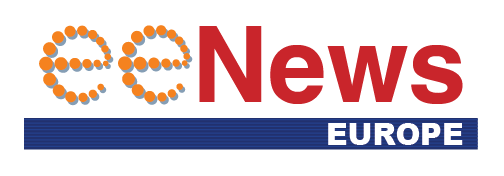
Data base search for quantum computer successfully tested
While universally usable quantum computers still are a vision of the future, special quantum systems that promise to solve a certain task faster than a classic computer however already play a role in science. To find a certain element in unsorted data, A conventional computer must run through all search elements one after the other sequentially. A quantum system with a Grover search algorithm reduces the search time drastically because it can be applied simultaneously to all states within a so-called superposition.
Research groups led by Professors Wolfgang Wernsdorfer and Mario Ruben at the KIT, together with scientists from the Néel Institute (Grenoble), have now succeeded in applying the Grover algorithm to a molecular magnet and thus created a quantum system whose task is to quickly find search elements in unsorted data.
In current research, they have exemplified the feasibility of a quick search for a small database of four elements. “However,” said Ruben,” this method can be implemented in any quantum system with many non-equidistant energy levels, opening the way to a universal quantum search algorithm”.
In the case at hand, the Grover algorithm has been implemented in a molecular magnet that has been brought to superposition by specially designed microwaves – a quantum effect in which a particle can be in different states at the same time. After performing the quantum operations, a single molecule transistor read out the search results. An animation illustrates this process (www.sek.kit.edu/downloads/Grover-quantum_algorithm_trail_short.mp4)
KIT researcher Wolfgang Wernsdorfer emphasizes that this manipulation of quantum states succeeded at very low temperatures, but only with the use of electric fields. “We therefore hope that this technology can be integrated into current electronic devices,” said Wernsdorfer.
The customized molecular transistor was synthesized in Mario Rubens’ groups at the Institute of Nanotechnology and the Institute of Inorganic Chemistry at KIT. It has a terbium atom in the middle, which has a distinct magnetic momentum, a spin. The terbium is surrounded by organic molecules that protect it from external influences.
The research of the Karlsruhe scientists have been published in the Physical Review Letters. DOI: 10.1103/PhysRevLett. 119.187702
https://journals.aps.org/prl/abstract/10.1103/PhysRevLett.119.187702
 If you enjoyed this article, you will like the following ones: don't miss them by subscribing to :
eeNews on Google News
If you enjoyed this article, you will like the following ones: don't miss them by subscribing to :
eeNews on Google News





